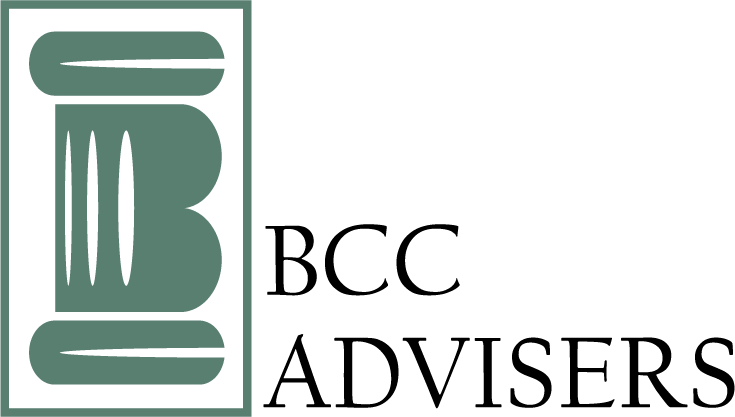Solving Workforce Shortages via Acquisition
October 14, 2022
By Kyle Larson, CFA - Vice President
Published in Business Record Iowa
The availability of quality workers remains a top challenge facing business owners today. Given the difficulty businesses have keeping their best talent, adding new talent to grow, or simply satisfying current demand, we are seeing more companies pursuing acquisitions for the labor pool and talent. This spans all industries and can be an excellent solution.
Whatever it is, the way you tell your story online can make all the difference.
The labor shortage continues due to several factors, including:
Demographics and Skills Gap
The American workforce is aging, with the percentage of the labor force age 65 or older estimated to increase from 6.6% to 9.5% between 2020 and 2030. Many of these workers are on the verge of retirement with fewer younger workers to replace them. The Baby Boomer generation is leaving the labor market and being replaced by less experienced employees.
COVID-19
Most companies have reopened, and overall COVID-19 cases have dropped significantly, giving a boost to employee ranks. However, many employees reevaluated their futures during the pandemic and either retired early or opted to stay home permanently.
Consumer Demand
Consumer demand for goods and services has rebounded sharply since the pandemic’s start, with consumers returning to spending at high rates. This has strained and continues to strain production and service capabilities for companies that are understaffed.
If you decide to embark on an acquisition strategy, it is critical to engage a strong team of buy-side advisors. An inexperienced acquisition approach can lead to the loss of employees, defeating the purpose of the acquisition and possibly expanding the labor shortage problem within your organization.

